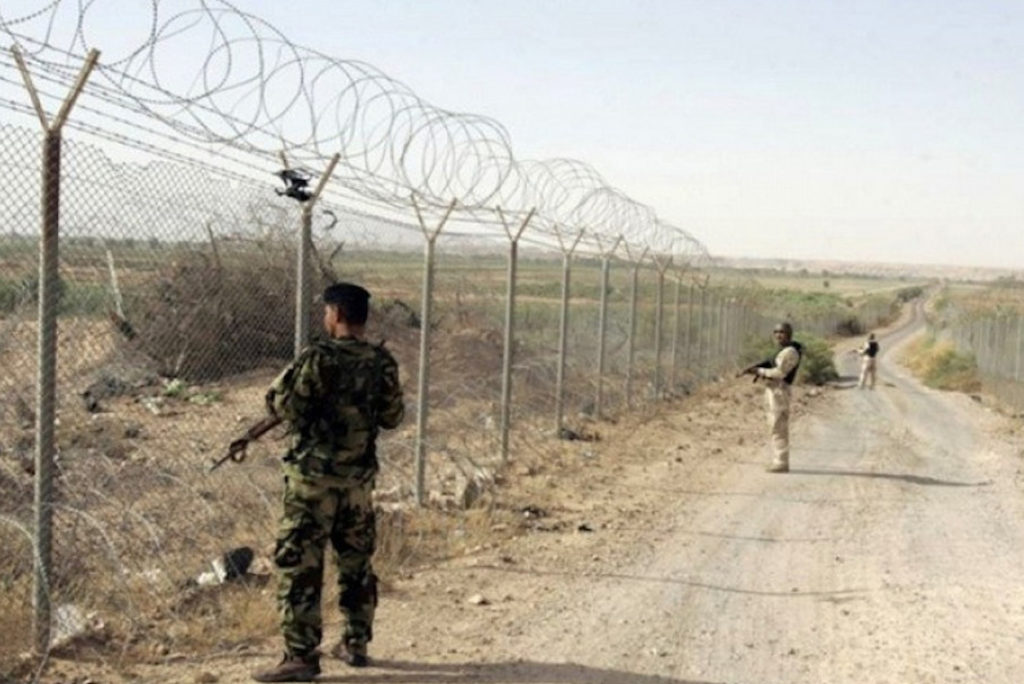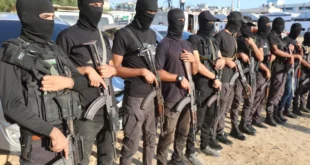
he drastically upended situation along the southern edge of the South Caucasus has affected Iran in several complex ways. Among the three large powers surrounding the region—Iran, Russia and Turkey—only Iran borders on the formerly Armenian-occupied Azerbaijani territories of Zangilan, Jabrayil and Fuzuli, which adjoin Upper (“Nagorno) Karabakh. Iran’s northwestern border with the Republic of Azerbaijan is 750 kilometers long, of which about 138 km (Zangilan, Jabrayil and Fuzuli) had been controlled by Armenian forces since the end of the First Nagorno-Karabakh War (1991–1994). On the other hand, Iran’s border with Armenia is only 48 km, and yet it is considered a lifeline for the three million Armenians whose landlocked country has been regionally isolated by Azerbaijan and Turkey. These unique geographical realities have, thus, meant that Iran and its northwestern frontiers have been profoundly impacted by the outcome of the 2020 Karabakh war.
First, the war temporarily undermined the security of Iran’s northwestern border, particularly of the Iranian provinces of Ardabil and Eastern Azerbaijan. These borders were considered safe after 1994; Iran mainly felt threatened along its borders with Afghanistan and Iraq. However, after the Second Karabakh War broke out on September 27, 2020, several rockets and mortar shells inadvertently landed inside Iran, especially in the village of Khoda Afarin, in Eastern Azerbaijan Province, near the Armenia border (Iran Press, October 21). This put Tehran in a precarious position vis-à-vis the two belligerents to its north as it sought to remain neutral in a conflict that was directly affecting its own security (see EDM, October 21, November 5). Iran did, however, quickly move in to safeguard its exposed territories. For the first time since 1994, the regular Iranian Armed Forces, along with units from the Islamic Revolutionary Guards Corps (IRGC), deployed to the country’s northwest in order to patrol the state borders with Azerbaijan and Armenia. In fact, this operation represented an effort on the part of Tehran to prevent any change in the geopolitics of the region or shift in internationally recognized boundaries (Tehran Times, November 14).
Second, Azerbaijan’s successful retaking of the provinces of Fuzuli, Jabrayil and Zangilan transformed the de facto status of this 138 km section of the frontier with Iran. This important geopolitical change has had three positive implications for the Islamic Republic. First of all, a border with a “de facto state” (the so-called “Republic of Artsakh,” as Armenians refer to separatist Karabakh) has been replaced with a “de jure state” (the Republic of Azerbaijan). Prior to the 2020 Karabakh war, Iran bordered on a gray zone region mainly populated by Armenians (due to conflict-induced population shifts) and run by a regime loyal to Yerevan but recognized internationally as part of Azerbaijan. Second of all, as the war progressed, hostilities shifted further north and away from Iranian territory—in the final weeks centering on Qubadli and Shusha. Should clashes between Armenia and Azerbaijan in Karabakh reignite in the future, the conflict will be far from Iranian villages and settlements. Third of all, the outcome of the autumn war means that Iran and the Republic Azerbaijan can now jointly start utilizing the Khoda Afarin Dam, in Jabrayil District, on the Aras River, which straddles their mutual border. This dam was built in 2008 with Tehran’s financial support But the area’s de facto control by Armenian-backed Karabakh (since 1993) prevented Iran from actually exploiting this facility. On December 14, 2020, however, Iranian and Azerbaijani representatives of the Joint Technical Commission on the Khoda-Afarin Dam held a meeting in the Azerbaijani exclave of Nakhchivan to discuss mutual operations of this hydropower plant (IRNA, December 14).
The third major effect of the Second Karabakh War on Iran has been the emergence of novel perceived threats along the 138 km of border with Azerbaijan that is now again under Baku’s control. In particular, Iran has become concerned about the potential appearance of an Israeli intelligence and security presence on its borders. When this area of southwestern Azerbaijan was under Armenian control, Tehran had no reason to be anxious about Israeli surveillance assets operating near Iran’s sensitive northwest. However, during the 2020 Karabakh war, a number of drones, notably including at least one Israeli-made IAI Harop loitering munition, came down inside northwestern Iran. The Iranian authorities have grown concerned that those Israeli-produced unmanned aerial systems could allow Israel to spy on targets in Iran, even following the ceasefire that began on November 10. Another persistent worry in Tehran relates to the various (and sometimes contradictory) widespread rumors of members of the Syria Free Army and Syrian Turkmens ostensibly having been imported to the Karabakh conflict (see EDM, October 23). As recently as November 3, Supreme Leader Ayatollah Ali Khamenei declared that “terrorists should never think of approaching Iranian borders because if they do so they will be strongly dealt with” (France 24, November 3).
Finally, the newly inaugurated transit route between Azerbaijan proper and Nakhchivan, across Armenia’s Syunik Province (Zangezur), opened as one of the conditions of the November 10 ceasefire, is another important development affecting northwestern Iran. After the ceasefire went into effect, Iranian social media erupted with wild speculations about whether the land corridor might threaten Iran’s physical connection with Armenia. These worries were even echoed by a few Iranian experts who posited that Zengezur might end up (de jure or de facto) appended to the Republic of Azerbaijan. The heated controversy quickly prompted Iranian officials to provide clarifications on the Armenian-Azerbaijani agreement and to emphasize that “the geographical borders of the Islamic Republic in this region did not change at all and will not change in the future” (Tehran Times, November 16).
This autumn’s 44-day war in Karabakh had both positive and negative implications for Iran’s sensitive northwestern border. Under these circumstances, to safeguard its interests, Tehran will need to develop a more proactive South Caucasus policy that can protect the security of its more than 1,100 kilometers of frontier abutting the region.
 Eurasia Press & News
Eurasia Press & News

